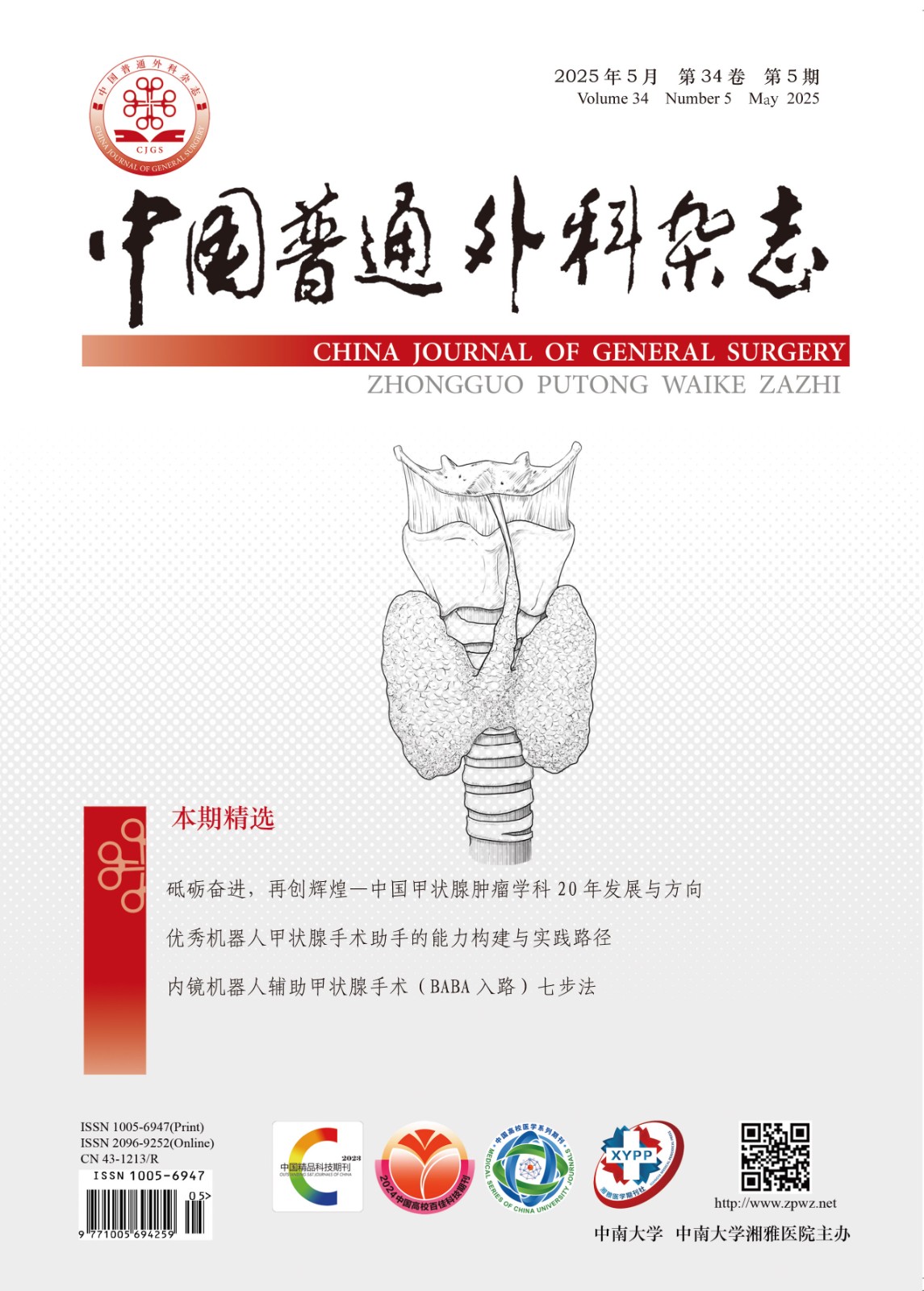Abstract:Background and Aims With the development and progress of medical imaging technology as well as the strengthening awareness of health maintenance examination among the population, the detection rate of benign liver tumors is continually increasing in clinical practice. Because the lesion volume changes slightly over time, treatment is generally not required. However, it is often difficult to identify the nature of the rare benign space-occupying liver lesions, and sometimes it is difficult to distinguish them from malignant liver tumors. Therefore, timely clinical intervention is necessary. The purpose of this study was to investigate the diagnosis and treatment of rare benign tumors of the liver, and discuss the clinical characteristics, imaging features, pathological features, development and evolution of different tumors, so as to reduce misdiagnosis and make reasonable treatment plan, especially clarify the surgical indications and thereby, avoid overtreatment.Methods The clinical data of 43 patients with rare benign liver tumor (20 cases of hepatic focal nodular hyperplasia, 14 cases of hepatic angiomyolipoma, 4 cases of hepatocellular adenoma, 2 cases of inflammatory pseudotumor, and one case each of liver fibroma, liver schwannoma and liver medullary lipoma) treated in the First Affiliated Hospital of Nan Chang University during May 2014 to May 2019 were reviewed. The clinical diagnosis and treatment results were analyzed.Results The preoperative clinical symptoms of the patients had no specificity, and 11 patients showed related clinical symptoms, of which the most common were abdominal pain, abdominal distension and nausea and vomiting caused by compression of the gastrointestinal tract. The overall diagnostic accuracy of preoperative imaging examination was 51.2% (22/43), and the most frequent misdiagnosis was liver cancer. The surgical methods included open surgery and laparoscopic surgery (31 cases of open surgery and 12 cases of laparoscopic surgery). The average operative time was (195.5±80.3) min, and the average intraoperative blood loss was (419.7±362.3) mL. Postoperative blood transfusion was required for 7 patients, with an average of 4 U. Postoperative complications occurred in 3 (7.0%) patients (1 case of bile leakage, 1 case of pulmonary infection with bilateral pleural effusion, and 1 case of infectious fever), and there was no reoperation or death. Postoperative hospital stay was 3-17 d. In patients undergoing laparoscopic surgery compared with those undergoing open surgery, the intraoperative blood loss of was significantly decreased (468.4 mL vs. 287.5 mL, P=0.027) and the length of postoperative hospital stay was significantly reduced (7.7 d vs. 6.2 d, P=0.040), while no significant differences were noted in other variables (all P>0.05). Follow-up period was conducted for 17.6-77.5 months, during which time no tumor recurrence was observed, and in 10 cases of the 11 the symptomatic patients, the symptoms regressed or disappeared.Conclusion The clinical symptoms of rare benign space-occupying liver lesions lack specificity. Preoperative diagnosis mostly relies on imaging examination, and the diagnostic accuracy is low. The most common misdiagnosis is liver cancer, and imaging omics approach can improve the diagnostic accuracy. Full understanding of the clinical characteristics and features of rare benign space-occupying liver lesions should be prepared to avoid misdiagnosis. Surgery is the most effective treatment, and laparoscopic hepatectomy is recommended. The surgical indications should be strictly grasped, excessive treatment should be avoided, and individualized treatment should be made according to the specific conditions of patients, to improve the level of surgical diagnosis and treatment of rare benign space-occupying liver lesions.























































